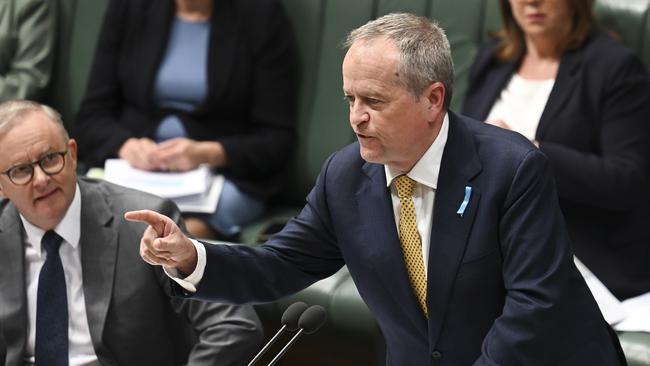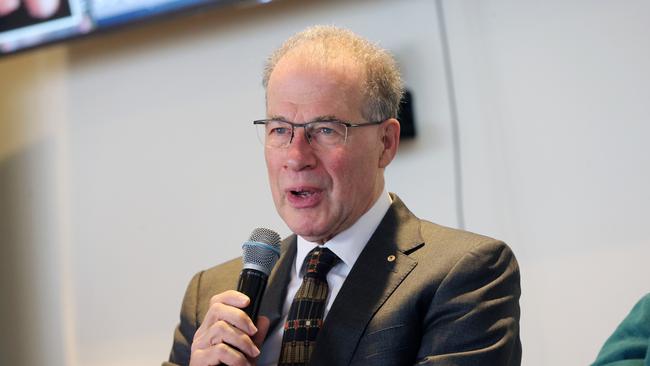Kids push up NDIS costs to new high
Twelve per cent of all boys aged five to seven across Australia and 5 per cent of girls the same age are now on the National Disability Insurance Scheme, new figures show.

Twelve per cent of all boys aged five to seven across Australia and 5 per cent of girls the same age are now on the National Disability Insurance Scheme, new figures show.
The total number of NDIS participants has now topped 631,000 people, the latest National Disability Insurance Agency quarterly report reveals, with scheme costs for the September quarter alone hitting more than $10bn after reaching a total of $35bn last financial year.
With more than half the scheme’s participants aged under 18, and with 75 per cent of them having a primary diagnosis of either autism or developmental delay, the government is looking at ways to stem the tide of young entrants to the scheme.
NDIS Minister Bill Shorten said eligibility for the scheme needed to be clearer and should be less about being able to secure a particular diagnosis than on the person’s individual needs and capacity.
And Mr Shorten was backing more early intervention support for children so the NDIS wasn’t their only option. “I think we need to have clarity around entry (to the NDIS),” he told The Australian. “The conversation must shift away from ‘in or out’ of the NDIS, which has been the only lifeboat in the ocean for people needing support for too long.”

But with a key review into the future of the NDIS now being discussed by federal and state governments, and amid Treasury pressure to curtail the steep trajectory of scheme costs, Mr Shorten said he was aware that discussing eligibility changes and the greater use of programs to support children with autism outside the scheme “will be of significant interest to parents and carers”.
He promised there would be no “overnight changes”.
“It’s not about singling out any diagnosis. Any reforms would focus on future participants seeking to enter the scheme,” he said. “All Australians with a disability should have access to timely and effective supports so that no young child with developmental delay is left behind at school, in their health care, at home or other places.”
The NDIA quarterly report for September reveals the prevalence of the scheme among children.
“The number of NDIS participants as a proportion of the Australian population peaks between the ages of five and seven, with approximately 12 per cent of five to seven-year-old males and 5 per cent of five to seven-year-old females being NDIS participants,” it says.

Much is riding on the NDIS review, which has been conducted over the last year by disability advocate Bruce Bonyhady and former senior public servant Lisa Paul. While it is currently in the hands of both the federal and state governments, which jointly fund the scheme, it is not expected to be made public until after national cabinet meets in early December.
Treasurer Jim Chalmers has flagged the uncapped scheme as one of his biggest budget challenges, with costs growing at around 13 per cent each year and projections it could hit as high as $115bn by 2032, with more than a million participants.
National cabinet stepped in at its April meeting, agreeing to an 8 per cent annual cost growth target from 2026.
Participants with autism received $33,800 of supports on average over the 12 months to June 30, NDIS figures show, and few participants leave the scheme. Professor Bonyhady has already flagged some of the review’s thinking, in particular that the NDIS had been regarded by governments, service providers and some people with disability as a “limitless magic pudding”.
He said governments were too often looking to use the NDIS as a replacement for services in health, early childhood, education, housing and transport. And children with developmental concerns should have greater access to early intervention in mainstream settings rather than relying on a place in the NDIS, Professor Bonyhady said.







To join the conversation, please log in. Don't have an account? Register
Join the conversation, you are commenting as Logout